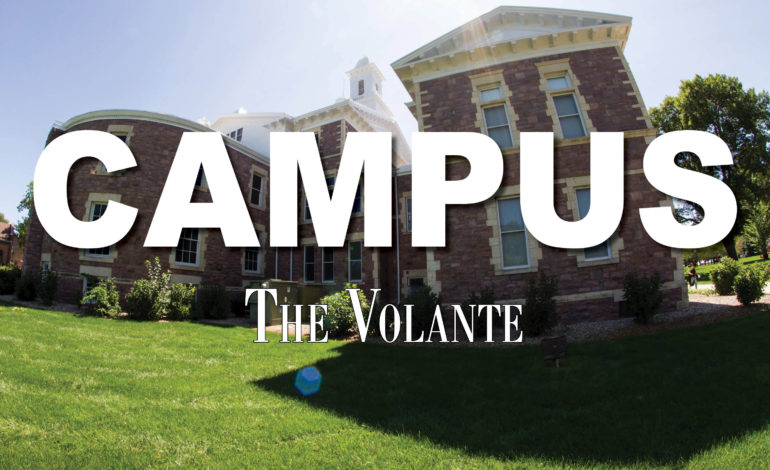
Tenure requirements at USD
The faculty at USD is constantly changing. But some professors stick around longer than others.
For Shane Semmler, professor of communication studies, he said he wants to teach at USD for as long as possible. By earning tenure in 2014, Semmler now has academic freedom to teach for as long as he wishes.
He has been teaching at USD since 2008 and applied for tenure in his sixth year. Semmler said there can sometimes be misconceptions about what tenure is.
“There’s an assumption that a tenured professor can’t be terminated, but that’s not true,” Semmler said. “All it means is that you have continuing control and so you can expect that you will receive a contract every year.”
Since receiving tenure, Semmler has focused his research on the influence of entertainment in the communications field.
Keeping up with relevant, effective research is just one of the many expectations of a tenured professor, Semmler said.
At USD, assistant professors can be promoted to associate professors and associate professors can be promoted to full professors. Even though he is tenured, Semmler’s work is nowhere near done, he said.
He’s currently on track to becoming a full professor, which means completing significant work in research, teaching and service. Tenure, Semmler said, is all about an instructor’s projected ability to earn a full professor position.
In the future, Semmler will continue teaching at USD and expanding his area of research. He said USD is somewhere he wants to be for many years to come.
“There’s a lot of opportunities on campus like at a large university, but at the same time, it’s small enough that I feel like it can really get to know students and I get to know my colleague,” Semmler said.
Just like Semmler did in 2014, every year a number of USD professors in their sixth year of teaching prepare to apply for tenure.
To start the process, these professors compile a packet of their research, teaching and service experience to explain why they should earn tenure.
Specifically for the College of Arts and Sciences, this packet is then evaluated by a department committee of faculty who make a recommendation before sending the packet to the department chair. The department chair reviews the packet and writes a letter before sending it to the College of Arts and Sciences Promotion and Tenure Committee made up of faculty and administrators.
The packet then goes to the dean of the college, who sends it to the provost. After being reviewed by the provost, the president evaluates the packet and makes a recommendation to the South Dakota Board of Regents.
Kurt Hackemer, Provost and President of Academic Affairs, said this process is lengthy and intense, yet rewarding for the faculty in the long run.
“The majority of faculty who go up for tenure get it,” Hackemer said. “I think that’s because we do a pretty good job of mentoring and preparing them.”
Hackemer said about 85 to 90 percent of faculty at USD receive tenure.
By receiving tenure, a professor has academic freedom, Hackemer said, which allows them to be more adventurous with their research.
“The faculty member has certain protections that allow them to, if they choose, to conduct controversial research topics without fear of being fired for that term,” Hackemer said. “But from the university’s perspective, we invest a lot of time and energy in the tenure track faculty and it’s really a long-term commitment between the university and the faculty.”


